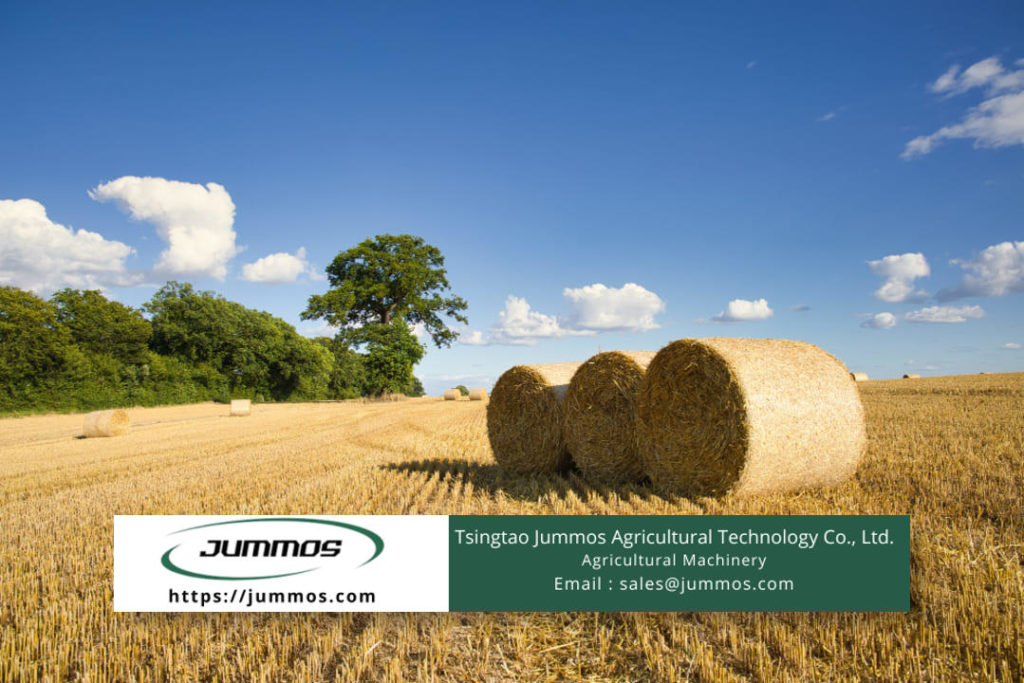Wrapping forage bales is a task that you must do regularly if you manage a farm. Forage is everything for cattle. Livestock can get forage by directly grazing under sunny weather, not raining, not windy, and not too hot. But what happens if grazing activities cannot be carried out properly? Either because of the weather factor where it was too hot so that the cattle couldn’t be released to graze or maybe because of the incessant rains that blocked the access road to the forage fields. And it could also be because many areas are attacked by pests that can be fatal to livestock health.
The solution is just to remove the forage from the silage wrapper. You can also calmly feed without worrying about all the obstacles outside. So, how can we wrap the bale for the right forage?
Contents
Use Baler to Make Baleage
Wrapping forage bales machine is an important item that you must have on your farm in addition to forage raw materials, LLDPE plastic wrap, and adequate land to do the process. Dense and well-shaped bales will be created from balers that are designed to print forage bales.
Typically the desired bale density is anywhere from 11 to 15 pounds per cubic foot. Bales of that density will hold less oxygen. However, oxygen will damage the forage ecosystem in the silage. If you are using an in-line wrapping machine, then you need to check if this machine can help you in avoiding creating air gaps between the bales in a row.
Use Enough Plastic
You will need some plastic to put on the spinner arms to keep the bales perfectly wrapped. The bale wrapper machine rotates 16 to 20 times to apply plastic to the entire bale body. We know that one layer of plastic will not be able to prevent oxygen from entering the silage.
New silage can be oxygen-tight if you put 6 to 8 layers of plastic film on the bales.
The Right Time
Wrapping forage bales cannot be done at will. You have to do it as early as possible when the forage is already in the field. You could just cut the hay in the afternoon and then do the bale wrapping that day. Using a machine with the best technology will help speed up the processing of this wrapping.
Maybe some farmers wonder if there is a maximum time to do the wrapping of forage bales considering there is so much work they have to do on the farm. Bales must be wrapped at least 12 hours after baling. This is done to avoid excessively high temperatures inside the silage. However, we advise you to wrap forage bales as soon as possible after cutting to maintain the nutritional quality of the silage.
Maintain Optimal Moisture Range
If you intend to make bales on the farm as a new business then you have to pay attention to all aspects including the humidity level. Why is that?
Not all livestock can consume feed from silage. Like sheep which are highly sensitive to the bacterium Listeria Monocytogenes and easily contract listeriosis or circular disease. But if you can see it wisely, silage feed can be a solution for sheep farmers in avoiding listeria bacteria which is often carried by the soil.
The sheep no longer need to graze so often that they bring the soil into the forage that they chew. Dressing within the optimum humidity range is the key for you to make reliable silage.
You can sell these bales to various farms with various types of livestock. So, you need to check if you have done with the proper wrapping forage bales.

